A set of rules, controls and procedures to guarantee to customers and consumers organoleptic quality and food safety of products
⏱ 4 MINUTES READING
Quality is one of the most abused words when it comes to food products, but not only.
In our company Quality (with the capital letter) has a very specific meaning: it is a set of processes and good practices that we have built over the years together with Giorgia Barbaresco, our Quality Manager, who today manages an all-female office together with Sara Mazzucco and Elena Da Ros.
When Giorgia arrived in Valsana in 2005 we did not have a Quality Office, but only a skimpy HACCP plan that no one in the company knew about; it was just needed in compliance with the regulations. Over the years we have built a set of tailored controls, rules and procedures to ensure that the requirements were not only respected formally - as often happens with quality manuals that no one knows - but really applied in practice by all people in the company, to ensure the food safety of products for our customers and consumers.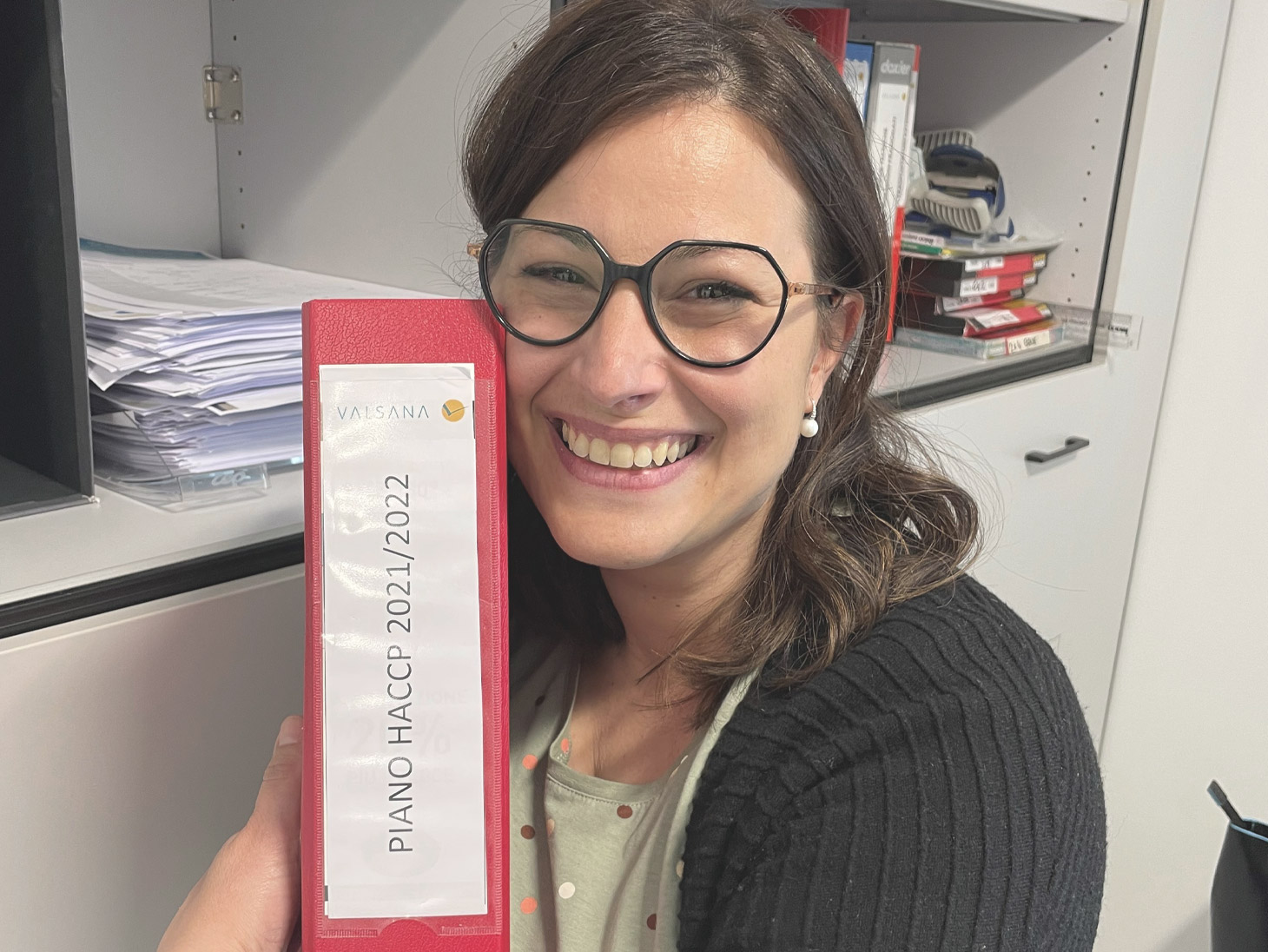
But in practice, what does Quality deal with?
It is a function that encompasses to some extent all business processes and for this reason at the beginning of the year we share with all the people who work for us, both in the office and in the warehouse, the so-called "Improvement Plan": a set of objectives on which we want to work during the year, from the management of purchases and stocks to the percentage of food waste, from the number of complaints to customer satisfaction.
A KPI - key performance indicator - is defined for each objective to measure it and from year to year the results achieved in the previous period are shared. But let's go step by step to better understand which are the most critical areas that need to be controlled to ensure the food safety of the products we have in our range.
1. SUPPIERS CONTROL
Let's start upstream, from the choice of supplier: to become part of our team, a producer must "pass the quality test".A set of documentary controls are immediately carried out: starting from the supplier evaluation questionnaire, to collect information on how he manages e.g. the controls required by law on food safety or traceability; the technical data sheets are requested and the labels of all the selected products are checked to verify that they comply with the law requirements.
In addition to all this, quality is usually involved also in the visits to producers during the selection process: those who arrive at the documentary check have already passed the initial evaluation audit. 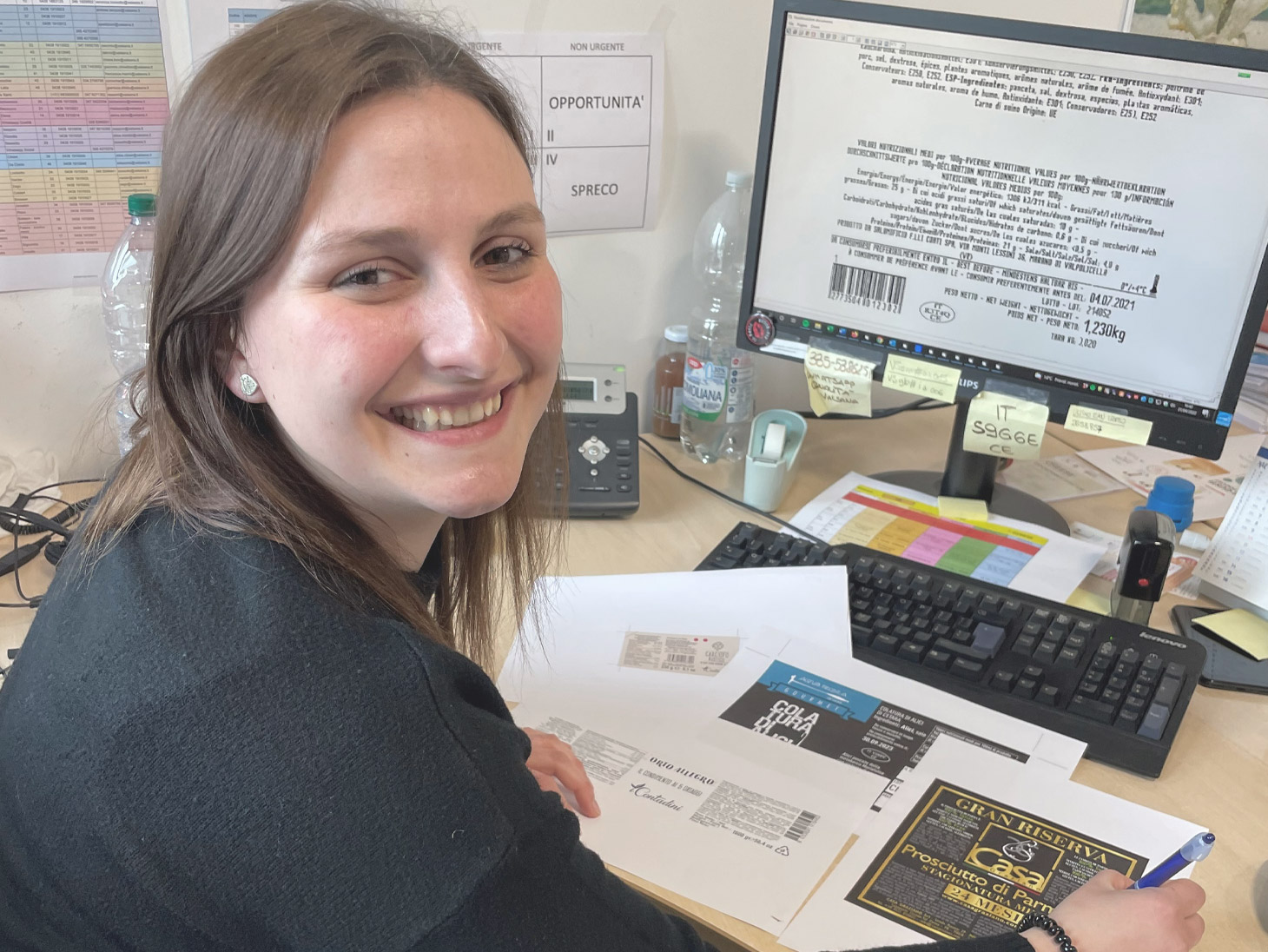
2. INBOUND LOGISTICS
An important filter for intercepting any product defects is our receiving department; it plays a fundamental role in ensuring: the respect of the cold-chain thanks to the temperature control at the unloading; the compliance with the requirements agreed with each supplier in the purchaising specification, e.g. regarding the requested aging or the packaging of products; the compliance with labeling (indication of the EU stamp, batch, ingredients, etc.).
The guys of our receiving department work closely with the quality office, to clear up any doubts about the quality of the products or documentary issues. 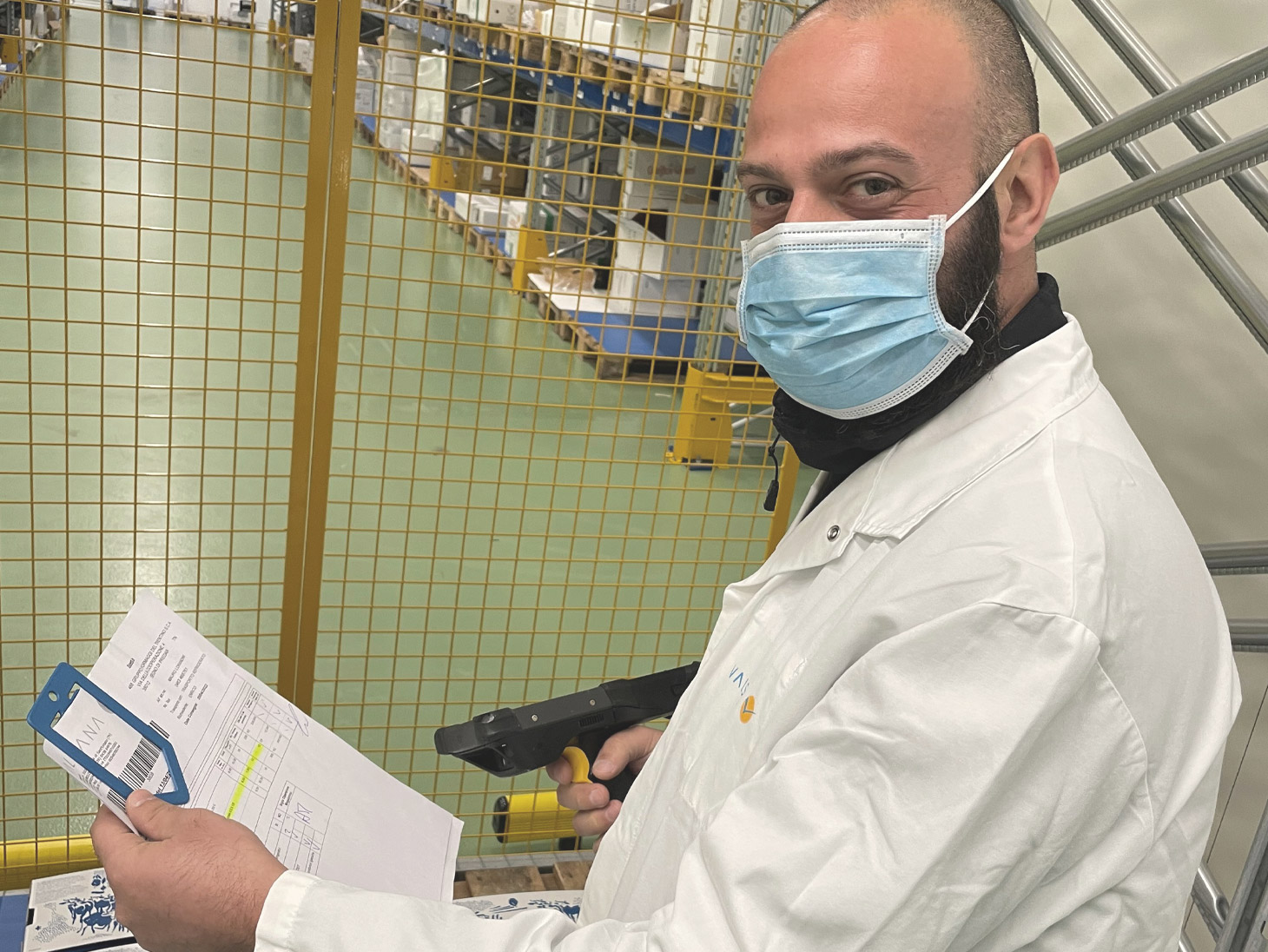
3. PRODUCTS STORAGE
The Quality Department relates to the Production Manager to assign each product a place in the warehouse, according to the required storage temperature and the conservation needs for any type of products: packaged or loose, fresh or seasoned cheese, salami with or without mold. The goal is to best preserve each product during the days of stay in our warehouse: we take care especially of cheeses, which are washed, brushed, oiled, turned as needed.
We also have detailed checklists to monitor the hygiene of the surfaces and the various areas of the warehouse on a daily basis and well-defined rules of storage and handling to keep our warehouse not only clean but also tidy and organised.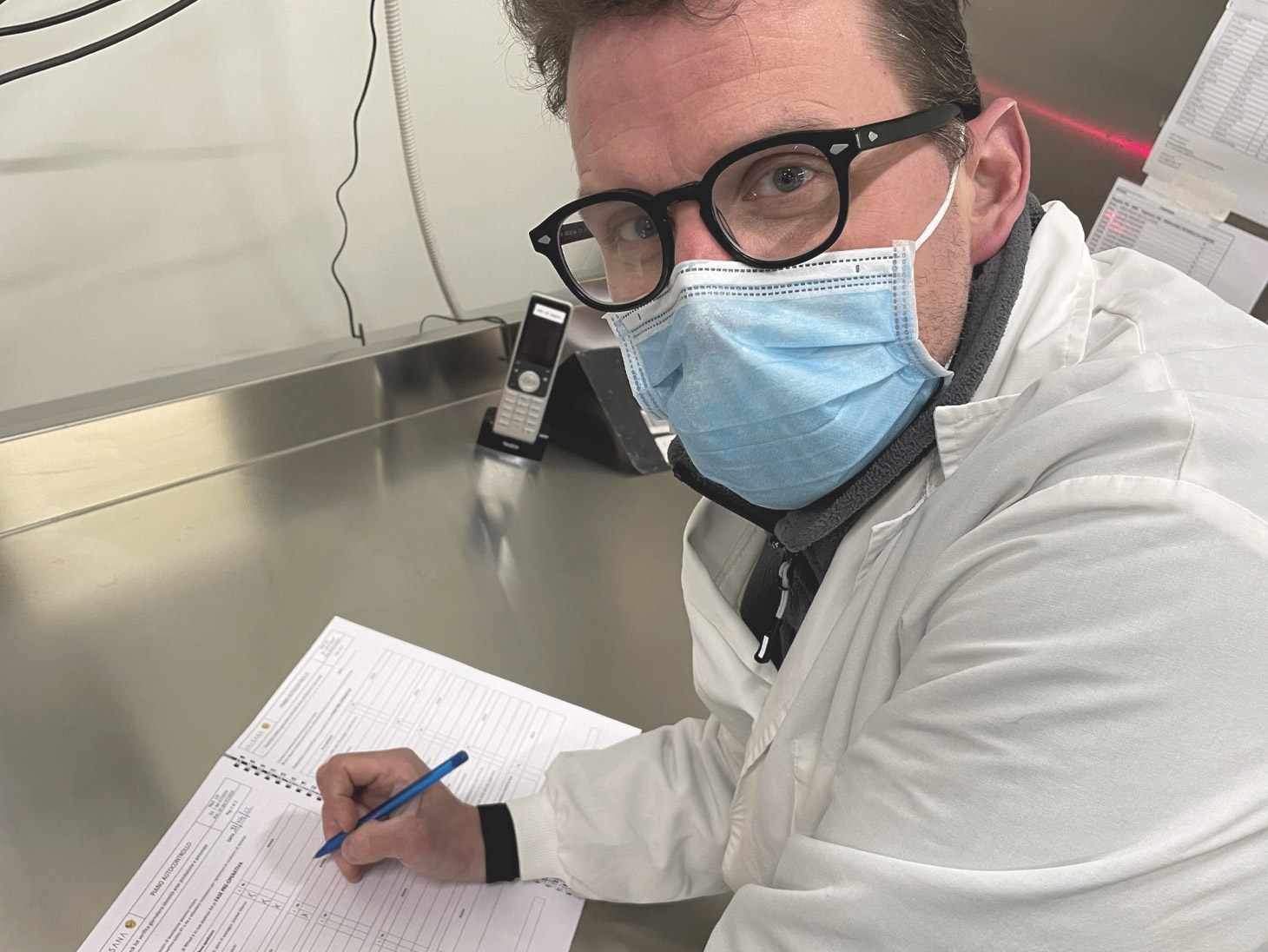
4. PRODUCTS HANDLING
Our HACCP plan provides detailed instructions for all phases of goods handling, from loading to shelf stocking, from order picking to packing for shipment.
The goal is to ensure that operators are able to:
1) manage traceability by correctly recording the incoming batches and correctly picking up the outgoing ones - only in this way is it possible to guarantee the traceability, not only on paper, but for real!
2) intercept any issues before they reach the customer, for example if there are molds or visible defects or if the packaging is damaged;
3) handle and package the products in order to avoid breakages during transport and reduce the risk of contamination, especially for products that contain allergens. 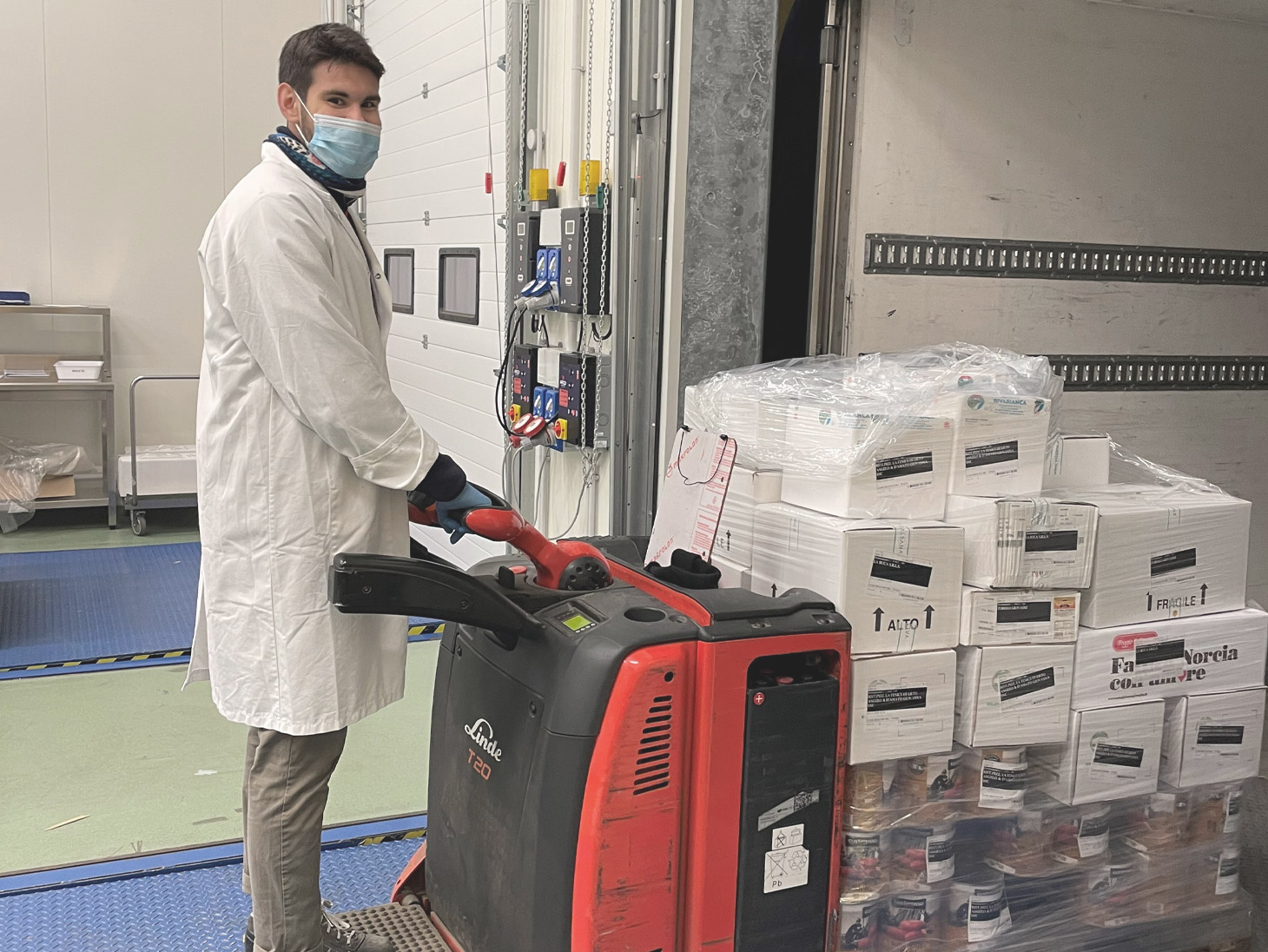
5. CHEESE SLICING
Another important chapter, which we have already talked about in a dedicated column, is the process of slicing cheeses.
Also in this area we can say that we are more than in compliance with the law requirements: from the relationship with the different PDO Consortia to the management of processing batches, from the certification of packaging in contact with food to product labelling, from sample analyses to the absolute hygiene of the processing room.
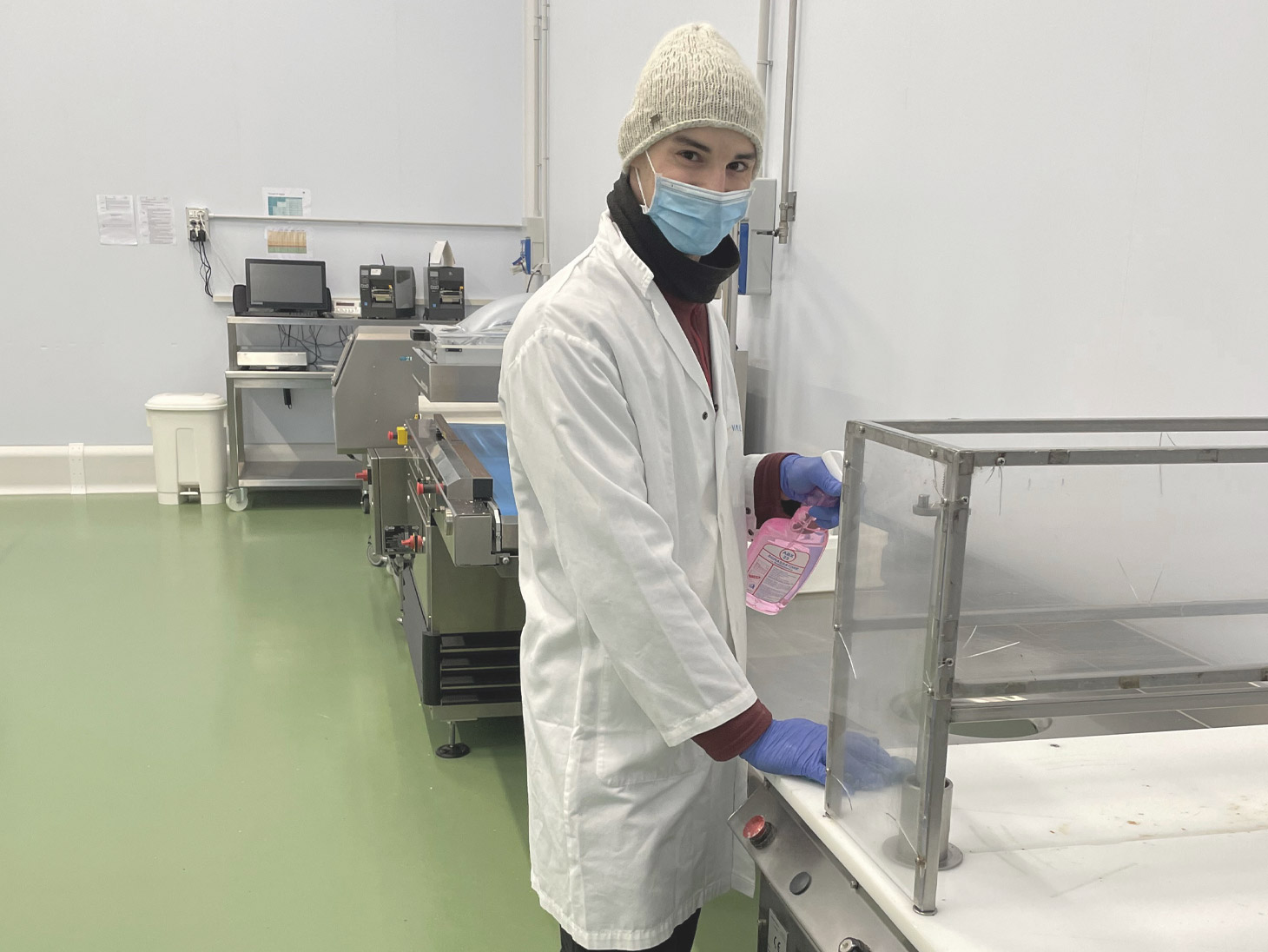
6. OUTBOUND LOGISTICS
We also try to monitor outbound logistics: easier where we handle the deliveries with our vehicles, more difficult where we work with external carriers. In this context, quality validation concerns in particular the respect of the cold-chain, on which we carry out sample controls on our own or on request of our customers.
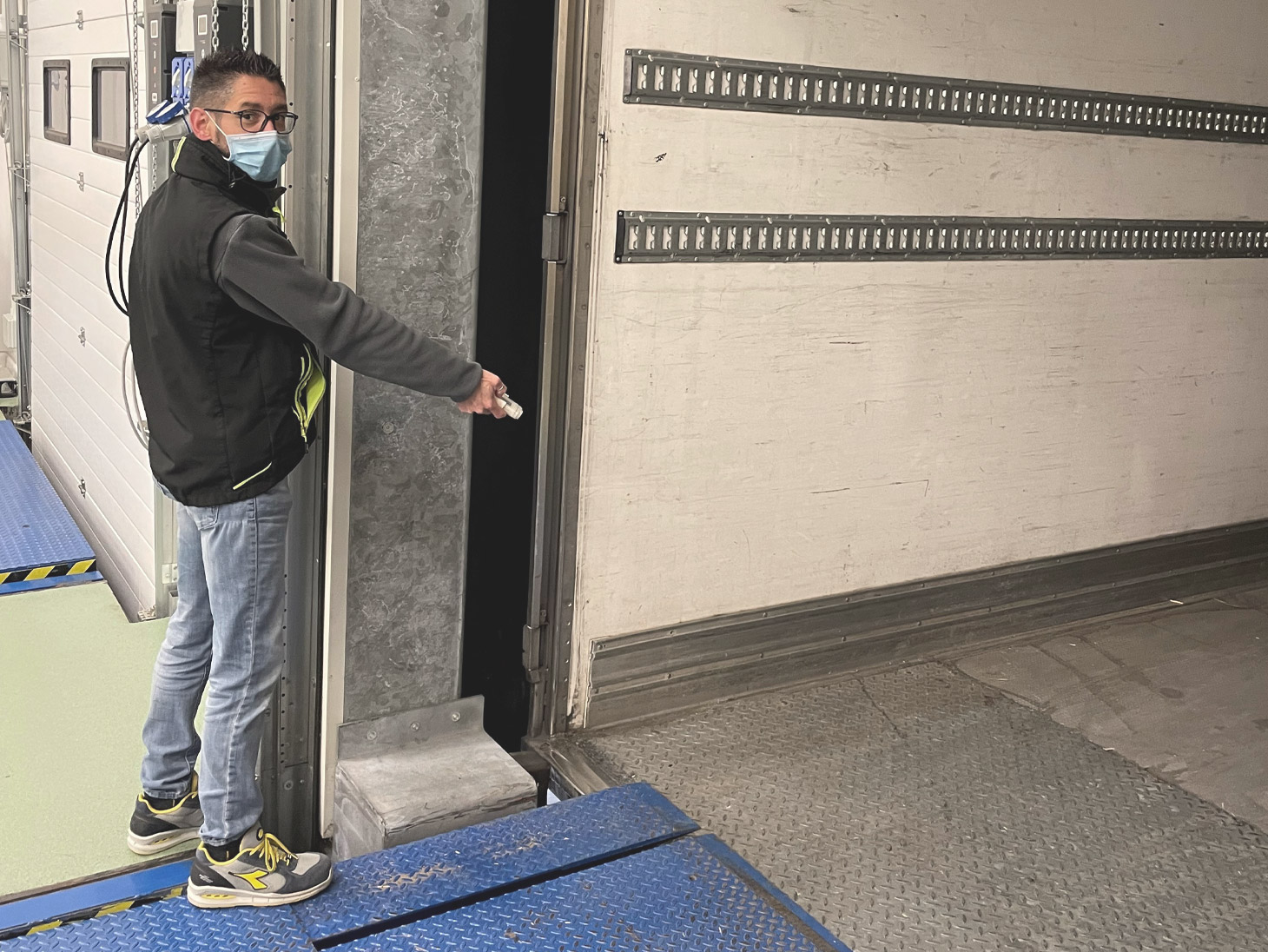
7. PEOPLE TRAINING
A high degree of attention is required to all the guys who work with us in the warehouse, to make sure that the product leave our company at its best: for this reason, every time we insert a new person we require a rather long period of training, both on the field with a supervisor within the department, and also with the quality department to go into the details of each task, control and responsibility defined for each role.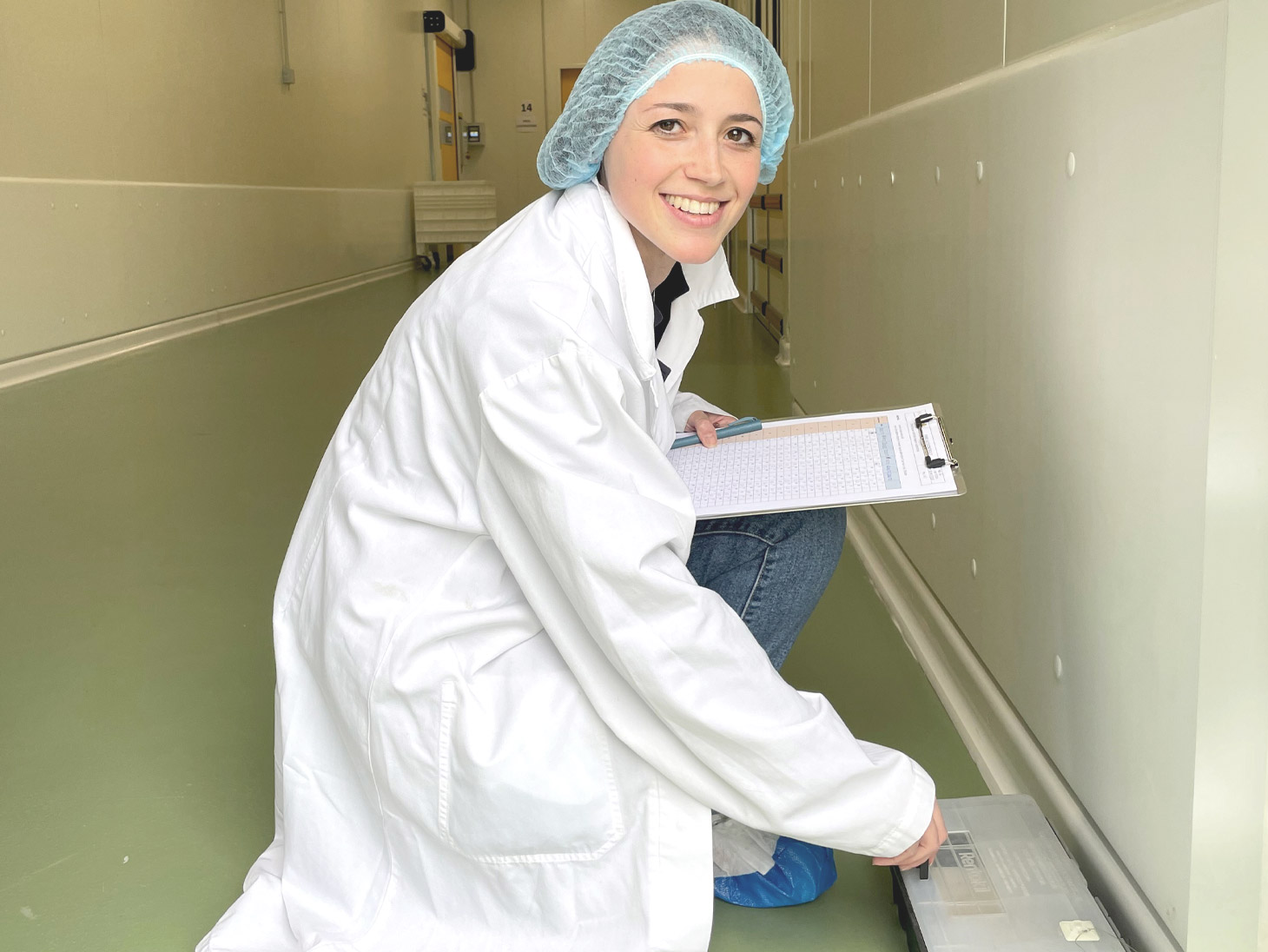
8. COMPLAINS HANDLING
Not always we manage to do everything as well as we would like to, and of course we have our daily issues to handle, from delivery delays to product defects. Each complaint is recorded on a file to monitor, e.g. wether the defect could be catched in advance by our guys. Another reason for monitor complaints is to promptly intercept recurring problems on a specific batch and then ask for advise directly the producer.
Martina Iseppon
Marketing Director



